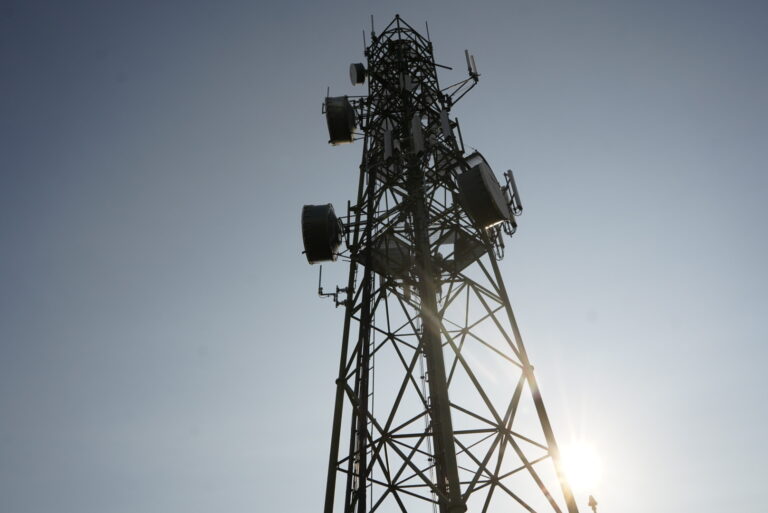A Colorado-based company is asking the borough to lease land to build Haines’ first 5G cell phone tower, which could dramatically increase download speeds for mobile devices.

Atlas Tower 1 filed a request on Jan. 19 to build a 120-foot tower on the property near 1 Mile Lutak Road, with a $400 monthly lease fee plus $25,000 over the term of the lease. proposed. Borough planner Andrew Conrad said the tower could not be built on the proposed site because the property is zoned residential.
Atlas Towner manager Sandra Leighton said: “We are still looking for a suitable location, but it is still in the early stages.”
The company could build the tower within 12 months of approval, according to the application. But Conrad said there are many hurdles to overcome if the company is serious about building the tower.
Realistically, if they were serious about this, they would engage with the district,” Conrad said, waiting for the company’s response to see how serious the effort is. He said there was.
5G technology was first introduced around 2019 and promises speeds up to 100 times faster than the current 4G technology used in most regions.
AT&T’s current tower is located on the shoulder of Mount Lipinski, above Haines. The tower had to be repaired at least once last summer by helicopter crews. Conrad said some regulatory requirements require applicants to prove that the tower cannot be co-located with an existing tower.
The council would also need to vote to redesignate the parcel as “leasable,” and the company would have to go through public notice and hearing requirements for a permit.
“It’s a pretty long process,” Conrad said.
Some people oppose 5G technology due to health and safety concerns. Towers built by Chinese company Huawei have been banned in the United States and several other countries due to national security concerns. Some are concerned that the technology may have as yet unknown adverse health effects. Leading health organizations have concluded that 5G poses no health risks.
5G communications could also affect weather forecasts, as satellites can misinterpret certain frequencies as water vapor, according to a study published in the journal Nature.


